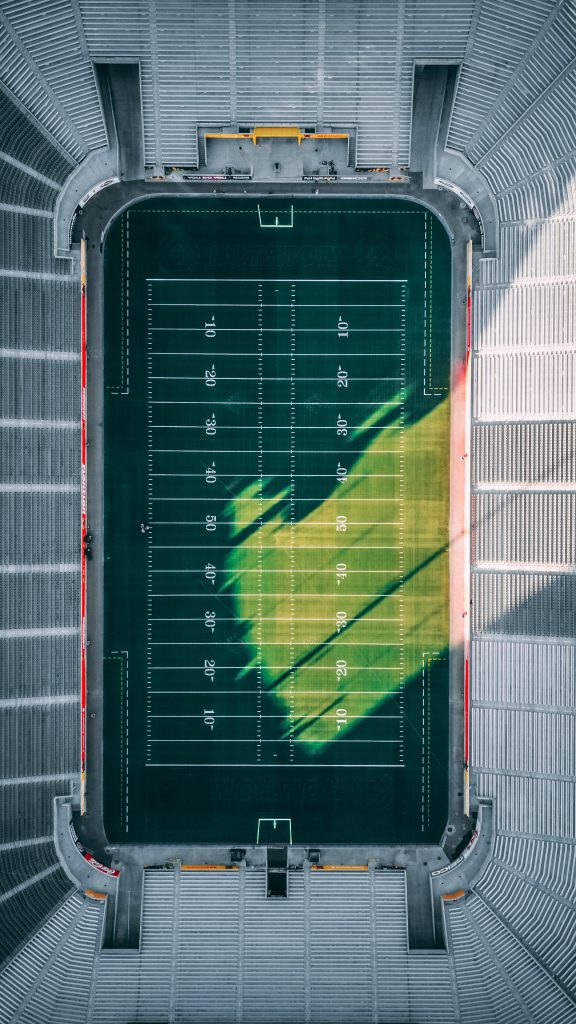Video production can be easy. It really can. But video production that’s easy is rarely any good. It’s much, much easier to make a bad video.
Just to make it even easier for you, I’ve listed the four things you can do to ensure that your next video production ends up being another steaming pile of digital garbage helping to stink up the internet. And just in case you’re too lazy to read — I’ve even produced a video that spells it out for you. You’re welcome.
Your Camera Work Sucks, Bro.
Honestly, you don’t need four years at film school to produce great videos [that would really help though], you just need a camera operator who knows what they’re doing. Despite what they might tell you in iPhone commercials — you can’t just hit record and expect your videos to look perfect.
Simply pointing and shooting video with all your settings on auto, although might seem like the easy way, can and will result is some seriously bad video footage. Shaky handheld camera, poor framing and composition, and soft focus are just a few of the problems you could run into. That’s not mentioning stuff like f-stops, iso, shutter speed and exposure that are crucial components to proper camera operation.
A skilled cinematographer [or director of photography] will know exactly the right camera settings, frame composition and subject blocking necessary for your video to carry the best visual interest and impact.
Light It Up!
Sorry, but your Ikea desk lamp is just not going to cut it. Nothing makes your video look instantly amateurish like bad lighting.
Now granted, sometimes you don’t need extra light – there are instances when using the light God gave you [aka The Sun] will work just fine. But you really need to know your angles. You could easily end up with footage that’s either too dark or over-exposed – which might be usable – but won’t look particularly professional.
Now I’m not going to get into all the technical aspects of lighting or go on about which cheap lighting kit is the best for video — there’s plenty of options out there — because your best bet for lighting is going with a trained, expert Gaffer [or Chief Lighting Technician].
A gaffer really understands lighting design can take your video production to the next level. They’ll know how to remove shadows off your subject without washing them out, and they’ll know how to properly separate your foreground and background elements.
This might sound crazy, but lighting is actually one of the two most important aspect of video production. The other is audio.
Huh? Say What? [Fix Your Audio, Dummy]
Yeah, you heard me — I said audio is right up there with lighting when it comes to professional video production.
So let me just say this: stop using your in-camera microphone. Just stop. I don’t care if you’ve got the coolest phone or newest DSLR from B&H — the onboard microphones sucks.
It’s not going to pick up crisp, clean quality audio — and all that beautiful video you captured will either sound like it’s coming from the bottom of a deep crevasse or sound like pimple-faced high schooler shouting through the drive-thru intercom system at Taco Bell. And nobody wants to watch a video with garbage sound — no matter how pretty it is. [Okay, maybe if the video was of Ryan Gosling. He’s a handsome man.]

For just a little bit of dough you could get a pretty decent lapel microphone that connects into your camera or phone. Then you’d be able to talk in your normal tone of voice without worrying that the mic isn’t picking you up and it’d already be synced to your video footage.
But the truth is, for the best audio quality, you’ll need a dedicated audio production engineer — someone to check levels and manually direct a shotgun or boom mic towards the audio source. This is going to result the the cleanest, clearest audio for your video. Of course, you’ll need to sync your audio to your video in post production — so it helps to have someone who knows what they’re doing.
Snoozefest
Look, we all know that not everyone is good in front of the camera. Public speaking is tough. But you don’t have to be funny or witty or an extrovert to make a video interesting. Heck, the internet is full of people who think they’re all of those things — but their videos do little more than annoy the rest of us normal folks.
Making something interesting doesn’t always mean it has to be big and flashy. You just need to communicate in a way that’s natural, passionate and conveys your message clearly. It’s a lot easier to do that if you know what you’re going to say and how you’re going to say it — and that comes with developing a treatment or a script.
Having a script, even if it’s just a loose list of topics and headlines, can help keep you on track once the camera starts rolling and prevent you from rambling on. It also goes a long way if that script is written by someone [let’s say a copywriter or a content strategist] who has a firm grasp on storytelling, messaging and the English Language.
Also: brevity. Keep it short.
How To Make A Good Video
Video production can be a complex issue for everyone from entrepreneurs to large corporations. And with more companies discovering that video strategy and video marketing might be the most effective use of a company’s time, energy and dollars — video production will increasingly become a bridge they’re forced to cross.
If you really want to get serious about making good videos you need to hire a professional. There are thousands of tutorials and lifehacks out there that’ll tell you that making good videos is easy — but that’s simply not true. Sorry.















